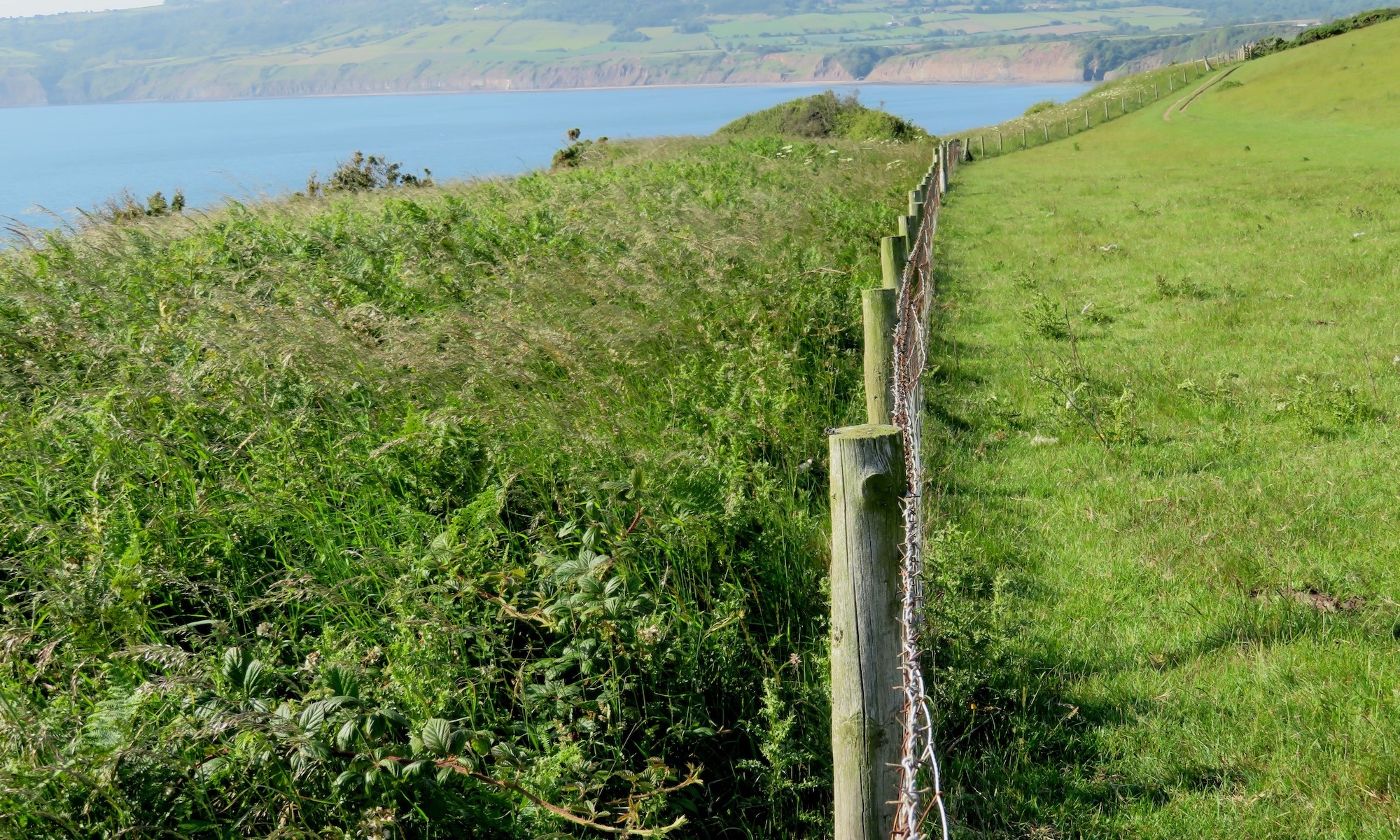A newly formed Community Interest Company (CIC) has ambitious plans for a piece of Calder Valley moorland.
by John Marrin
30th June 2024
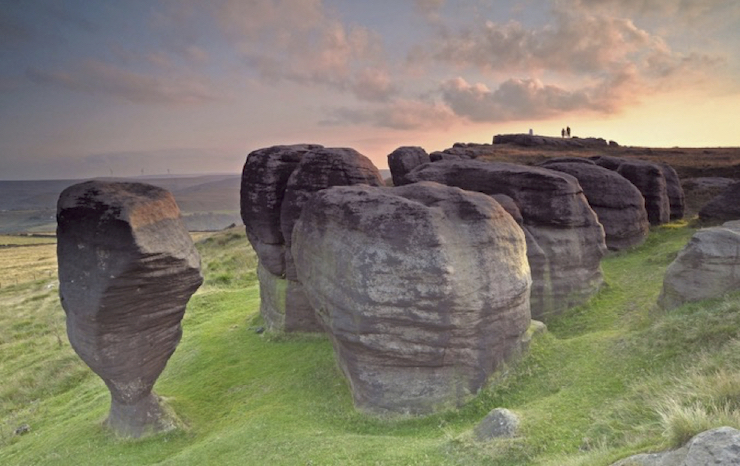
Overlooking the town of Todmorden in the Calder Valley, Bridestones Moor is a haven for wildlife and moorland plants. Curlew, lapwing, red grouse, golden plover, and other endangered bird species breed there in the spring. Four species of owls regularly hunt over the peatlands, along with the occasional red kite, hen harrier and peregrine falcon. Sphagnum mosses and cotton grass are essential plants for the healthy functioning of the peat bog, and this combination of flora and fauna makes Bridestones moor a biodiverse area of wilderness.
The 114-acre site is up for sale, with community interest company (CIC) Bridestones Rewilded established to raise money for a potential purchase. To date (June 2024), almost 500 people have pledged over £30,000 towards the £357,000 cost of the land, which includes a rocky outcrop dating back thousands of years.
Bridestones Rewilded mission is threefold: conservation, education, and community. Their goal is to restore the land for both nature and people. To achieve this, the group hopes to enhance biodiversity so that the Bridestones area once again teems with wildlife.
Bridestones Rewilded Initiatives
- Re-wetting the land to lock in carbon and mitigate against climate change.
- Conservation to preserve and bolster the number flora and fauna native to the area.
- Promoting responsible land use using natural grazing methods to reshape the landscape.
- Organising nature-based activities for the local community, including bird-watching, moth breakfasts, plant identification, keeping a nature diary, and citizen science projects.
- Developing relationships and understanding among local communities through citizen science projects.
Re-wetting
In essence, rewetting peatlands is a win-win for the climate as well as for nature and that’s why it is so important.
Climate change mitigation: Rewetting peatlands is a powerful tool in the fight against climate change. These soggy ecosystems, when drained, release massive amounts of carbon dioxide, a major greenhouse gas, into the atmosphere. By raising the water table in drained peatlands, we can transform them back into carbon sinks. This means the peatland will once again capture and store carbon dioxide, acting like a natural filter and slowing the pace of global warming.
Habitat creation: Rewetting not only prevents existing carbon from escaping but also allows new plant growth to flourish, further boosting the peatland’s ability to store carbon. These healthy peatlands become havens for various wildlife species that depend on them for survival.
Reduced Fire Risk: Dry peat bogs are more prone to wildfires, which can release massive amounts of carbon and damage the ecosystem. Rewetting reduces this risk.
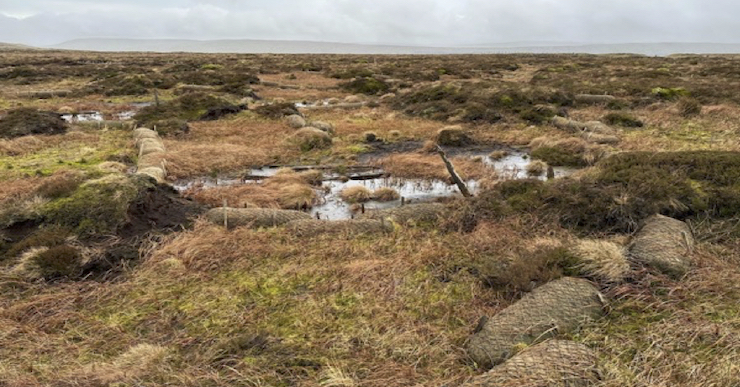
Image sourced from: https://bridestones.love/about
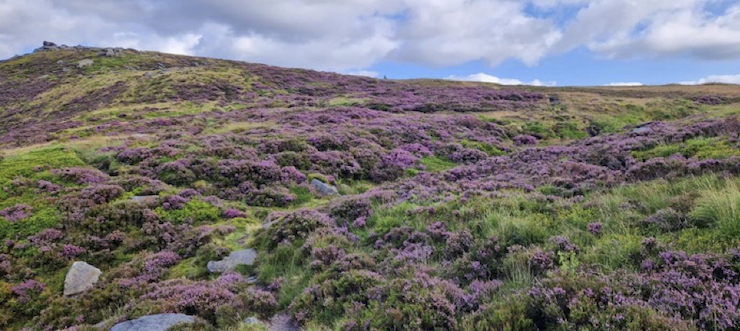
Image sourced from: https://bridestones.love/about
Conservation
Conserving moorland habitat, and its inhabitants, can prove to be integral to establishing a baseline from which rewilding efforts can build upon. The Bridestones Rewilded primary initiative is to conserve the peatland so that it may support the number of species that inhabit the moor.
Bird species such as red grouse, only found in the uplands of Great Britain and Ireland, have recently been recognised by the International Ornithological Committee (IOC) as distinct from the Willow Ptarmigan, of which it was previously considered a subspecies. Red grouse are found in the peatland habitat of Bridestones moor, and the aim is to maintain and rejuvenate the habitat to allow this endemic species, along with other rare seasonal birds, to thrive for generations to come.
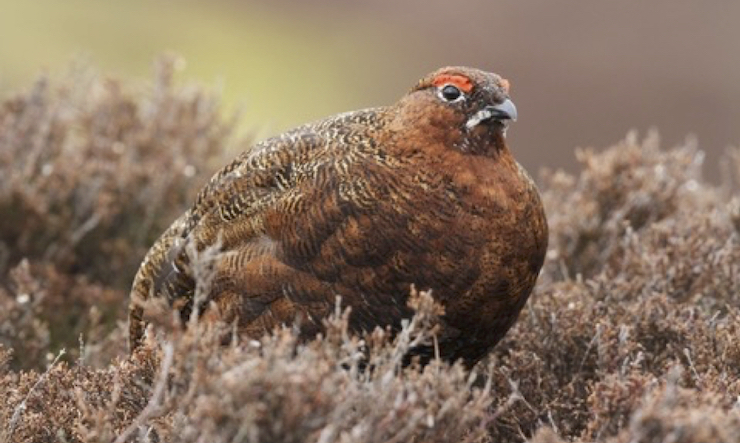
Traditional conservation of species through managed populations is not always in keeping with rewilding values. There remain conflicting arguments surrounding the ecological importance of species such as the red grouse because there is a history of it being a managed species bred and released on moorlands for game shooting. This means that the numbers and distribution of red grouse today may not reflect that of natural population if unmanaged. The natural selection pressures that determine the delicate balance of species numbers and cohabitation with other species, are difficult to predict and replicate.
Some conservation efforts attempt to replace natural selection pressures with anthropogenic (human) selection pressures to achieve a predetermined outcome (the increase or maintenance of the number of target species). In contrast a more rewilding approach would aim to have minimal intervention, take a step back and allow nature to take its course. Conservation can sometimes introduce a strong hand of influence.
It remains unclear from their website if the community led group intend to take a more ‘hands on’ approach to conserving the wildlife of Bridestones moor or whether they intend to employ rewilding principles to encourage the habitat can support biodiversity.
Responsible Land Use
The land surrounding the Bridestones has been systematically degraded following many decades of hard grazing. This has resulted in a landscape less capable of offering the natural utility of flood resistance and carbon sequestration.
Entire landscapes are naturally shaped and maintained by grazing animals. The goal of ‘conservation grazing’ is to employ the natural grazing behaviours of suitable species (in this case the Belted Galloway) in appropriate numbers to help manage the landscape with little human interference. This style of minimalist landscape management can help increase biodiversity in peatland.
Conservation grazing benefits of Belted Galloway:
- This hardy breed of cattle are commonly used to free-range graze with a track record of improving heath and peatland.
- Being a less specialist grazer, unlike sheep, means they will forage on scrub and coarse grass which helps promote a variety of landscape structure.
- Successful stories of this grazing management style can act as evidence to help influence farming methods in the future.
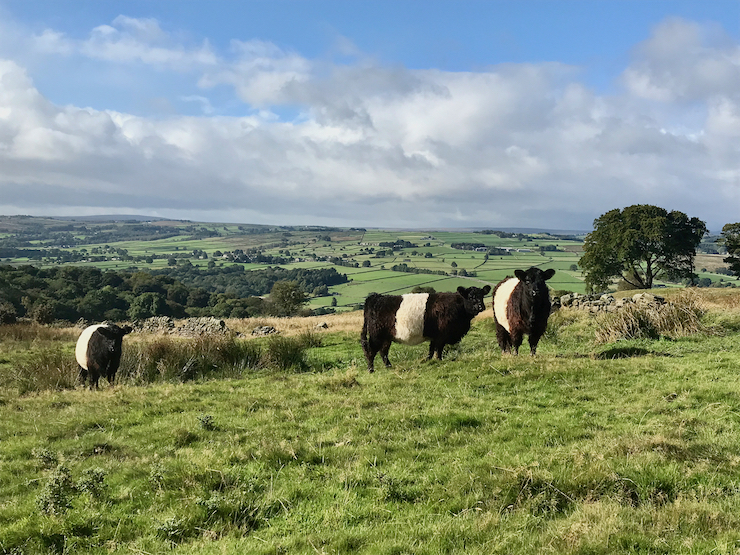
Community Engagement
To foster a connection with nature, Bridestones Rewilded intends to offer activities like bird-watching, plant identification and citizen science projects. These programs not only educate participants but also encourage responsible land use through methods like natural grazing for landscape management. By restoring the land and fostering a love for nature, Bridestones Rewilded aspires to create a thriving community that cherishes its unique natural heritage.
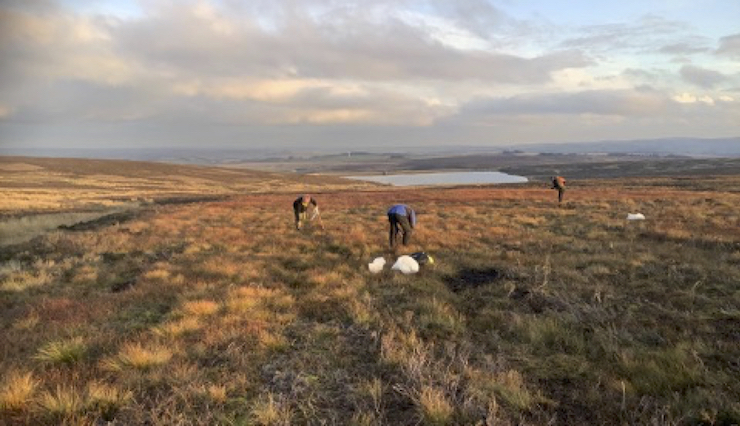
For example, the Bridestones Rewilded project aims to offer volunteer days to increase the distribution of sphagnum moss to help foster the connection between the local community and the nature on their doorstep. Sphagnum moss is a keystone species in holding water and in forming peat which slows the release of carbon from organic decay. The increased water table potential of the land can help surrounding areas mitigate the impact of high rain fall and flooding.
The Bridestones Rewilded project appears to be aiming for a hybrid approach with experienced ecologists incorporating aspects of conservation alongside rewilding to produce a habitat that requires minimal management whilst conserving rare animals and plants. The Bridestones Rewilded three-pronged mission shows enthusiasm and potential to help restore the moorland habitat, contribute to carbon capture, and help foster a love for nature through education and volunteering programmes.
More information:
If you are keen to get involved in their rewilding efforts by supporting their various projects, you can find out more at: https://bridestones.love/about
